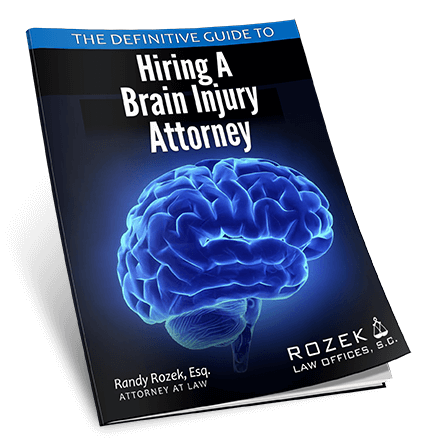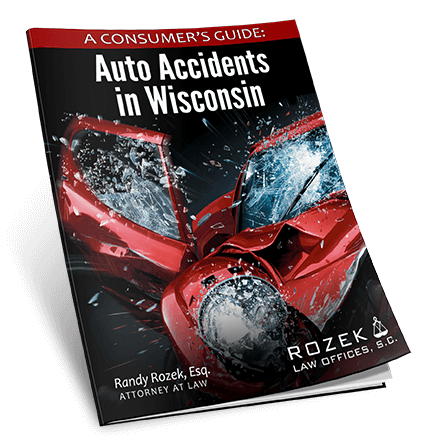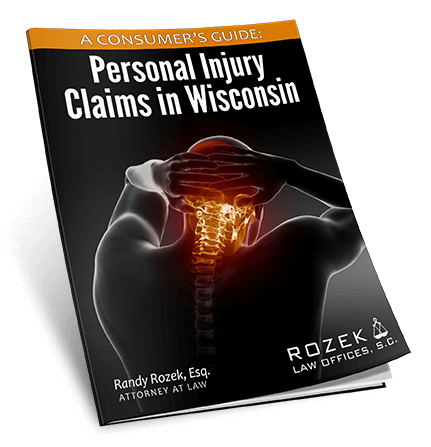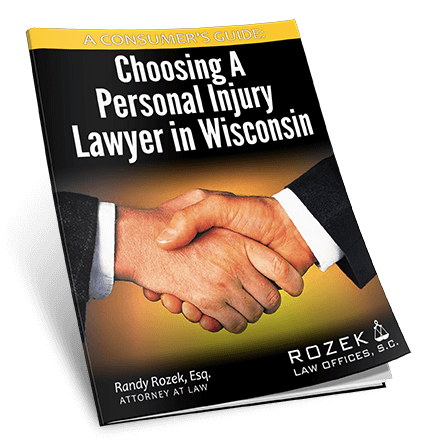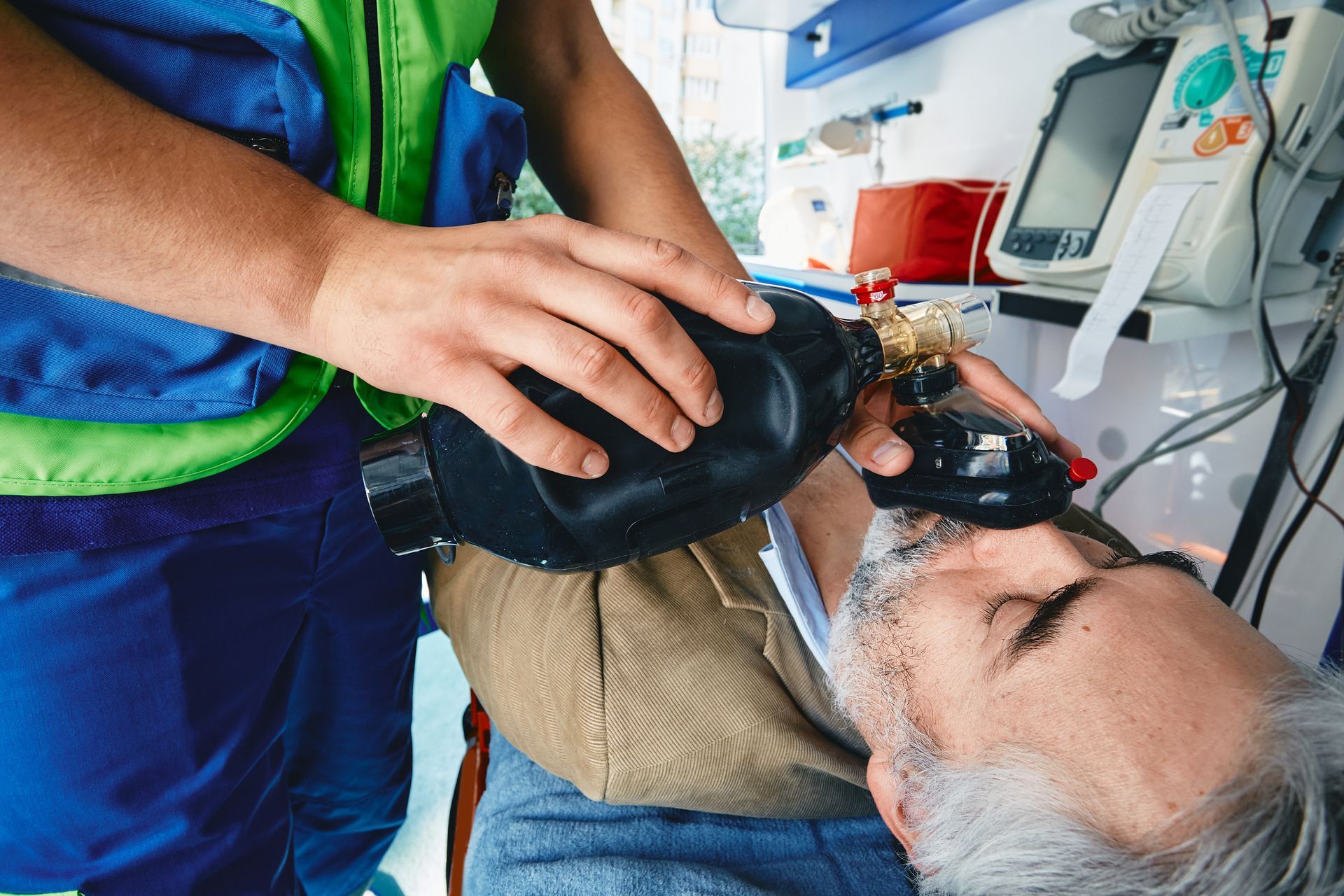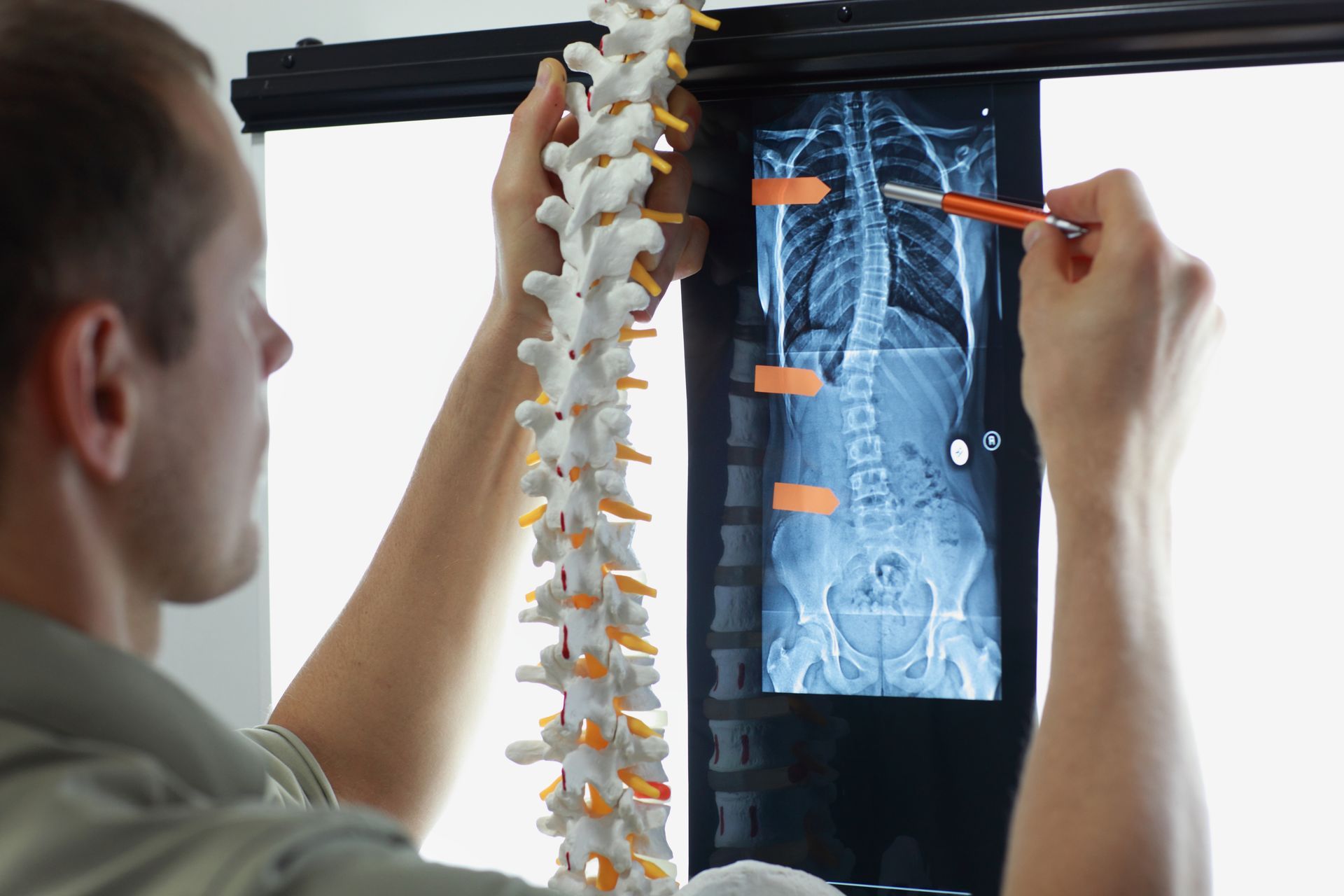Post Traumatic Migraine Lawyer in Wisconsin
Post Traumatic Migraine Lawyer in Wisconsin

Wisconsin Post Traumatic Migraine Attorney
Post-Traumatic Migraines are usually much more severe and debilitating than Post-Traumatic Tension-Type Headaches. The term “Migraine”
is actually a medical condition, while the term “Headache”
simply refers to a symptom which is usually present with the condition. There are many aspects to Migraine
which help aid in its diagnosis. These include the following:
Aura
“Aura”
is the sensation Migraine
sufferers sometimes experience in the minutes or hours leading up to a Migraine. The majority of Migraine
sufferers do not experience Aura. It is thought that approximately 20-30% of people experience Aura
with Migraine. A typical Aura
can involve the following:
- Visual Disturbance – flickering lights, seeing spots or lines, losing vision altogether
- Olfactory (Smell) Hallucination – smelling strange things that are not really present
- Speech Disturbance – dysphasia
- Other Sensory Disturbance – feeling pins and needles, numbness in the arms, legs, face, or head
Wisconsin Post Traumatic Migraine Attorney
Premonitory Symptoms
Premonitory (or Prodrome) Symptoms
are the experienced by the majority of Migraine
sufferers in the days or hours leading up to a Migraine. Premonitory Symptoms
should be distinguished and not confused with Aura. Common Premonitory Symptoms
often include the following:
- fatigue
- elation
- depression
- unusual hunger
- craving for certain foods
Triggers
It is also commonly thought that certain things can Trigger
a Migraine. A Trigger
is defined as something that increases the probability of a migraine
attack in the 48 hours preceding the Migraine. Common triggers include chocalate, red wine, menstruation, alcohol, aged cheeses, fruits, etc.
NOTE: The International Headache Society
recommends that Migraine sufferers keep an Aura Journal to record their experiences in the hours and minutes leading up to a Migraine. An Aura Journal helps the patient’s physician to distinguish from Aura, Premonitory Symptoms, and Triggers.
There are also symptoms common among Migraine
sufferers during the actual Migraine. The most common is headache, but other common symptoms include:
- Nausea
- Vomitting
- Photophobia – ultra-sensitivity to lights
- Phonophobia – ultra-sensitivity to noise
- Gastrointestinal Difficulties
Prognosis of Post-Traumatic Migraines
Post-Traumatic Migraines
are similar to ordinary migraine conditions, except for one very important distinction. Once Post-Traumatic Migraines
have been determined to be permanent, they are much less likely to resolve , whereas people with an ordinary migraine condition may find that the condition just goes away as some point. This is very unlikely with Post-Traumatic Migraine.
Treatment of Post-Traumatic Migraines
Post-Traumatic Migraines
are usually treated in three ways: Migraine Prevention; Avoiding Migraine Symptoms; and/or Avoiding Migraine Triggers.
Migraine Prevention
Migraine Prevention Treatment
or Prophylactic Migraine
Treatment usually involves the use of beta blockers, nutritional supplements, anticonvulsants and/or antidepressants. Some of the more common prescribed medications include Topamax, VPA, Amitriptyline, Fluoxetine, Namenda, and ASA.
Avoiding Migraine Symptoms
Avoiding Migraine Symptoms
is commonly referred to as Abortive Migraine Treatment. The majority of migraine sufferers learn how to avoid the the most severe Migraine symptoms from trial and error. The following are common prescription medications used for Abortive Migraine Treatment: Naproxen; Imitrex; Paracetamol; Migraleve; and Amidrine.
Avoiding Migraine Triggers
Avoiding Trigger Migraines
is also learned by Migraine
sufferers through trial and error. If a Migraine sufferer religiously documents potential triggers, avoiding Migraine Triggers
may be an effective form of treatment.
If you or a loved one suffer from Post-Traumatic Migraines
due to the negligence of another, be sure to contact an experienced Wisconsin Personal Injury Attorney.


